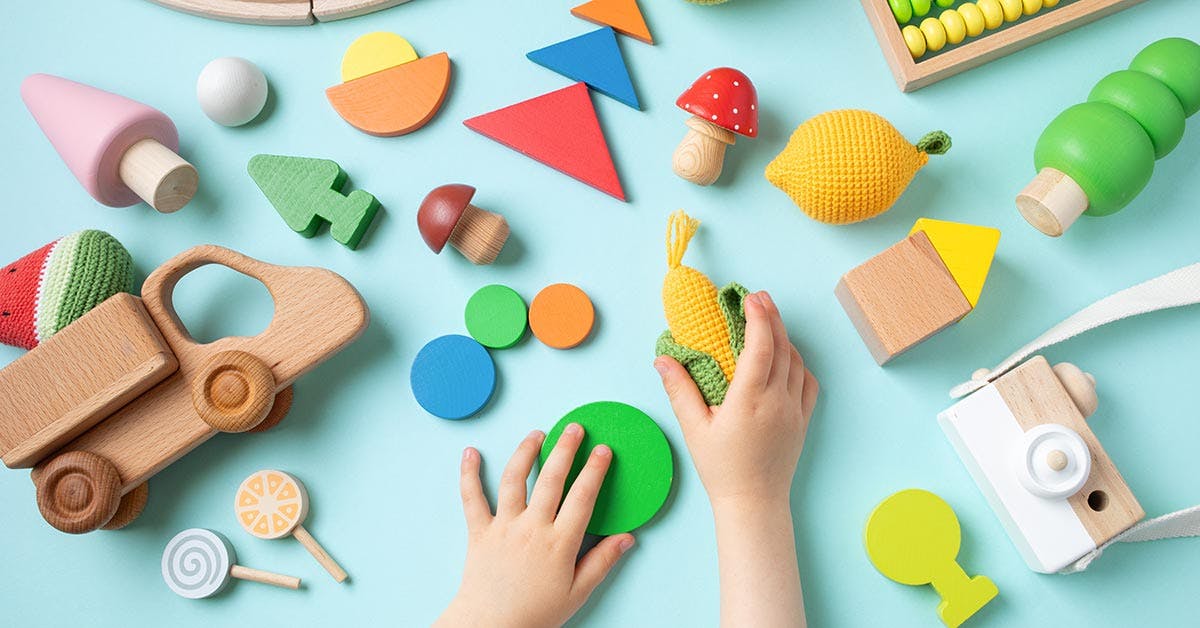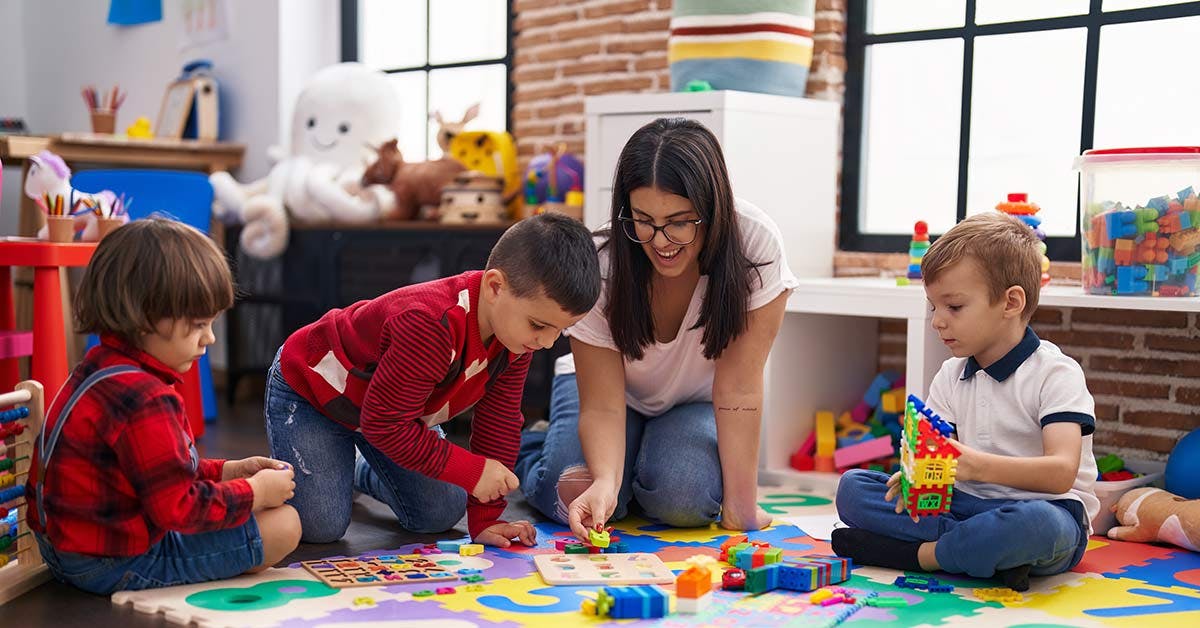05 Sep 2025
National Child Protection Week: student action guide for future ECEC educators
National Child Protection Week runs 7–13 September this year and the theme is “Every conversation matters: Shifting conversation to action.” If you are starting out or stepping up in early childhood education and care (ECEC), this is a practical moment to turn values into habits that help keep children safe and well.
This guide explains why National Child Protection Week matters for students, how it connects to your learning in CHC30121 Certificate III in Early Childhood Education and Care and CHC50121 Diploma of Early Childhood Education and Care, and seven simple actions you can take on placement and at work. It also links you to policies and frameworks that shape everyday practice in Australian services.
What is National Child Protection Week?
National Child Protection Week is an annual campaign led by NAPCAN that encourages every Australian to recognise child safety as everyone’s business. This year’s theme encourages people to move beyond talk and take concrete steps that make a difference for children and young people.
For ECEC students, the week is a chance to practise the routines that build a child-safe culture in real settings. That includes how you listen, how you document, how you supervise, how you work with families and how you use your service’s reporting pathway.
How it links to your course learning
Your studies align with two anchor frameworks used by ECEC services across Australia:
The National Principles for Child Safe Organisations set out what a child-safe culture looks like, from leadership and governance through to complaints and reporting.
The Early Years Learning Framework (EYLF v2.0) emphasises children’s wellbeing. Outcome 3 focuses on helping children feel safe, calm and ready to learn.
These frameworks aren’t abstract. They show up in your daily routines, conversations and decisions. When you practise them on placement, you start forming habits that travel with you into your first role.
What you’ll cover in CHC30121 Certificate III in Early Childhood Education vs CHC50121 Diploma of Early Childhood Education
Certificate III in Early Childhood Education and Care helps you build safe practice foundations. You will develop skills in recognising concerns, supervising environments, supporting children’s social and emotional wellbeing and following service procedures. See the course overview for details.
Diploma of Early Childhood Education and Care extends your capability into leadership, curriculum and team support. You’ll learn how to embed wellbeing and child safety across programs and model safe, respectful practice for others. Explore the Diploma page for entry requirements and outcomes.
Want both qualifications in one pathway? Foundation Education offers a combined Certificate III in Early Childhood Education and Care & Diploma of Early Childhood Education and Care package so you can progress from foundations to leadership in a single study plan.
Seven actions you can take during National Child Protection Week
1) Learn your service’s reporting pathway
Ask your supervisor to show you the who / when / how steps for reporting concerns. Save the contact details in your phone and write a one-line summary of the process in your notebook. If you ever feel unsure, speak up early. For state and territory contacts, see AIFS’ reporting resource.
2) Revisit the Code of Conduct
Read your service’s boundaries on language, photos, online communication and 1:1 situations. Check what “great practice” looks like if a child shares something worrying. The National Principles emphasise respectful, child-centred responses.
3) Practise child-safe language
Try responses that are calm and clear: “Thank you for telling me. I am here to help. I may need to speak with another trusted adult so we can keep you safe.” The AIFS guides on disclosures outline key steps, including reporting to the right authority.
4) Do a quick supervision check
Stand in different parts of the room or yard and look for blind spots. Adjust where you position yourself and ask for feedback from your mentor. Better visibility lowers risk and supports positive interactions, which are central to child safety.
5) Put wellbeing on the timetable (EYLF Outcome 3)
Run a two-minute calm-body routine before transitions. Add a quick feelings check-in at group time. These small habits make safety visible and support children’s social and emotional wellbeing.
6) Check consent before images
Confirm your service’s rules for photos and media. If in doubt, don’t take the photo. Being careful with images is part of creating a child-safe organisation.
7) Reflect, don’t carry it alone
Schedule a 10-minute debrief with your supervisor this week. Share what you noticed, what went well and any worries. Ask how your service builds family partnerships around arrivals and pick-ups. Collaboration and clear processes are at the heart of a safe culture.
Frequently asked questions
Is National Child Protection Week relevant to students?
Yes. Students are part of the child-safe culture in every service. Practising safe, respectful routines now helps you feel confident when you start work. National Child Protection Week gives you a simple focus: turn conversation into action. NAPCAN
What if I’m unsure whether to report a concern?
Follow your service’s pathway and ask for guidance promptly. You don’t need to be certain to raise a concern. Each state and territory has its own contact points for reporting. Start with your supervisor and use the AIFS resource to find the right authority.
Where can I learn more about the frameworks?
Read the National Principles for Child Safe Organisations on the Australian Human Rights Commission website and explore the EYLF v2.0 document for examples connected to wellbeing.
National Child Protection Week and your study pathway
If you are new to ECEC, CHC30121 Certificate III in Early Childhood Education and Care gives you the practical tools to support children’s safety and wellbeing from day one. If you are aiming to lead programs and model best practice, CHC50121 Diploma of Early Childhood Education and Care will help you step up with confidence. You can also consider the combined Certificate III & Diploma pathway if you want a seamless route from entry-level to leadership.
Related Articles

Top Early Childhood Education Skills in Demand
Build the early childhood education skills Australian centres need and start a rewarding career in a sector tipped for strong growth through to 2030.

How to choose online childcare courses for your career
Discover the pros and cons of online childcare courses vs. in-person learning. Find the best study mode for your lifestyle and career goals with Foundation Education.
Proud member of

© Foundation Education | RTO Number 22557
